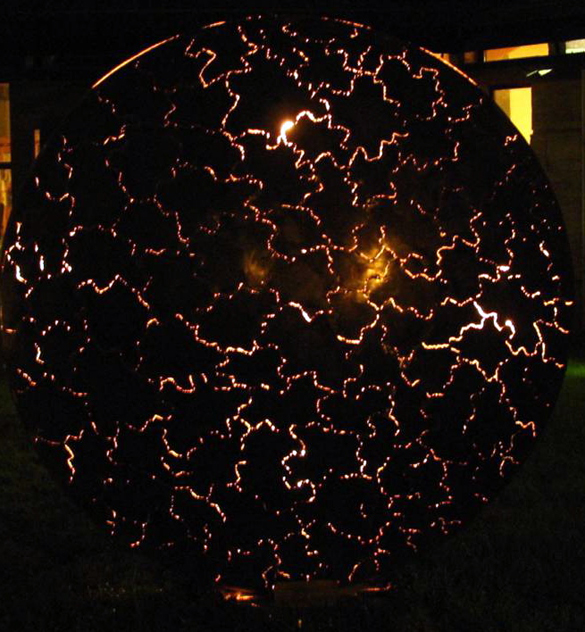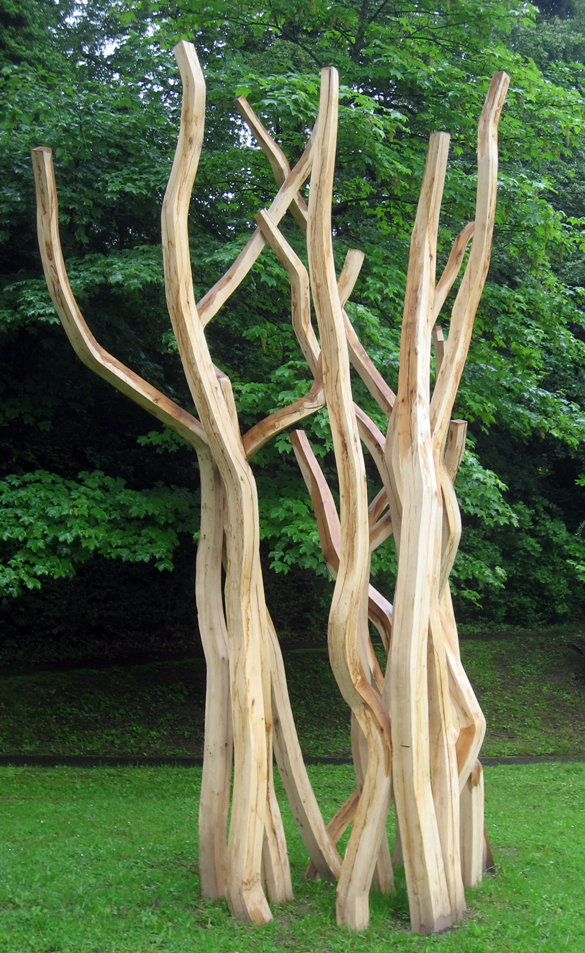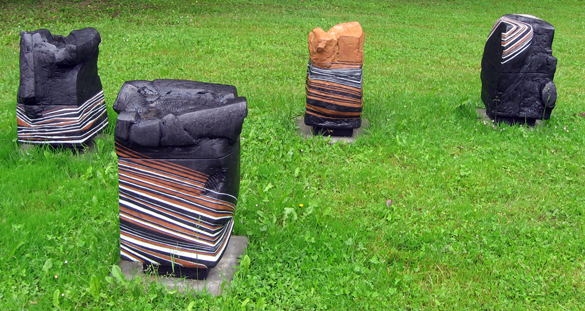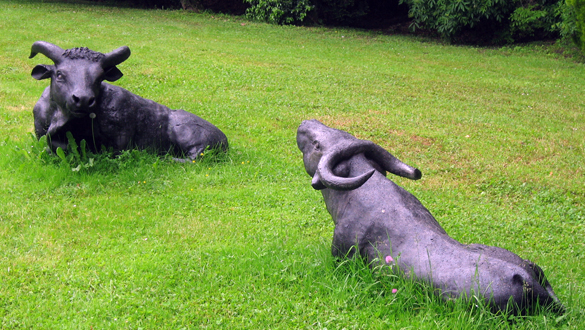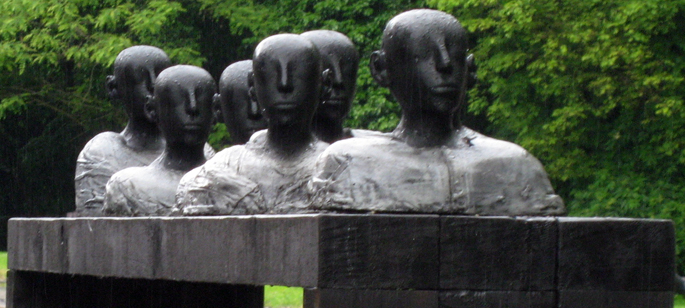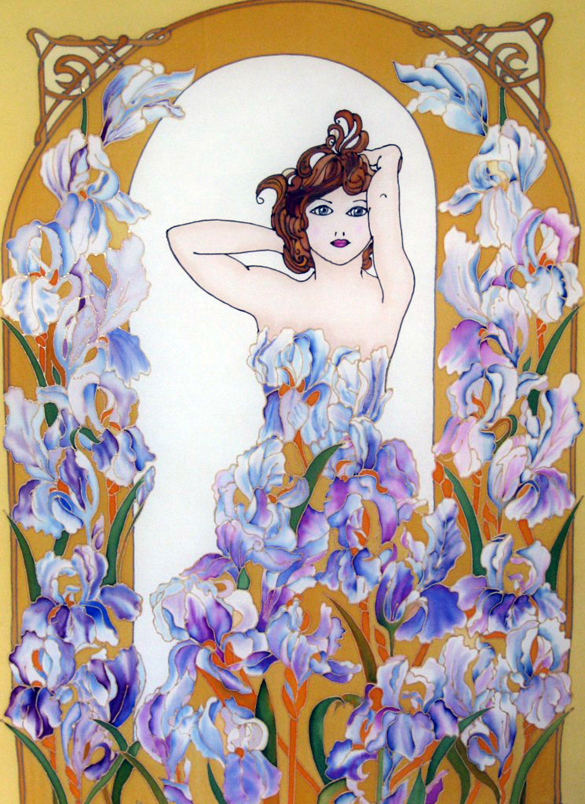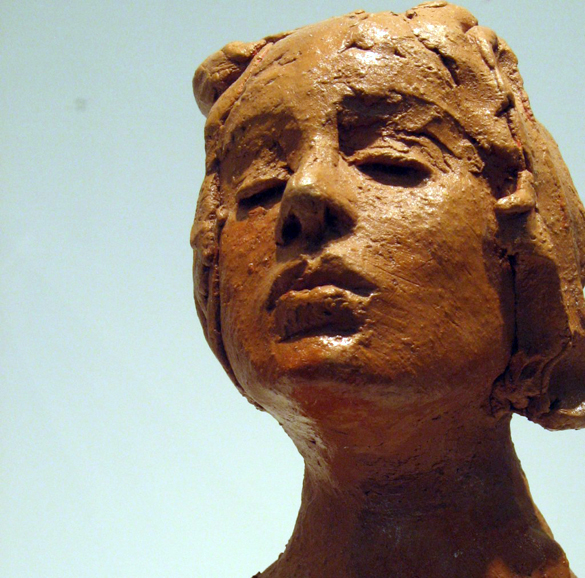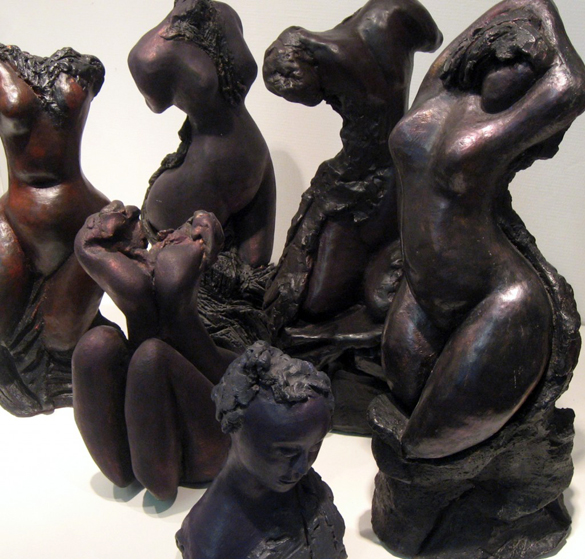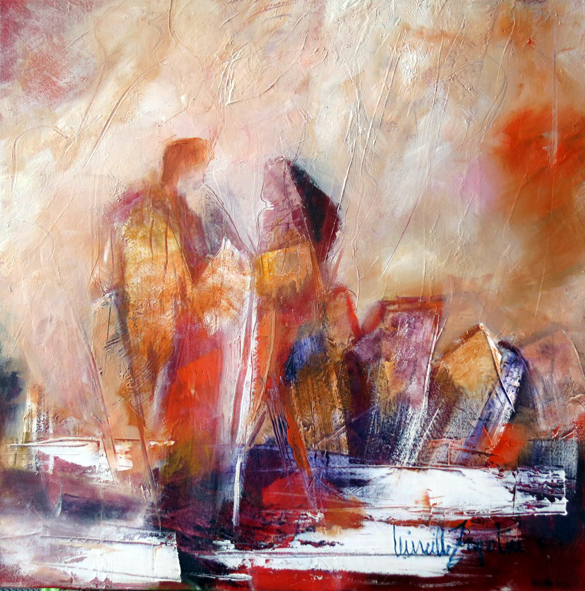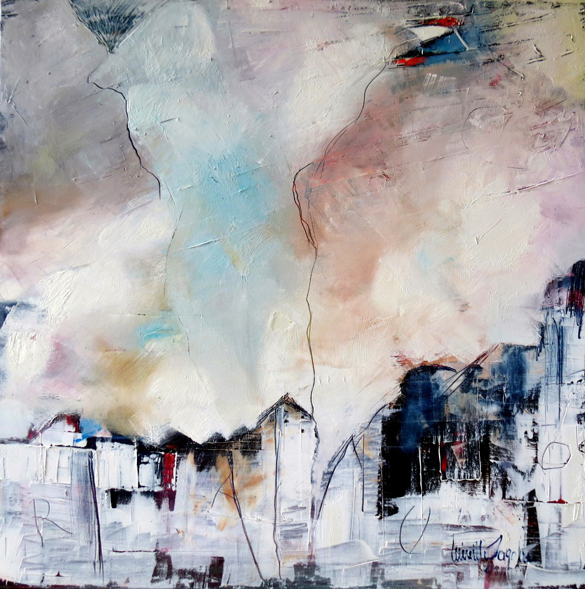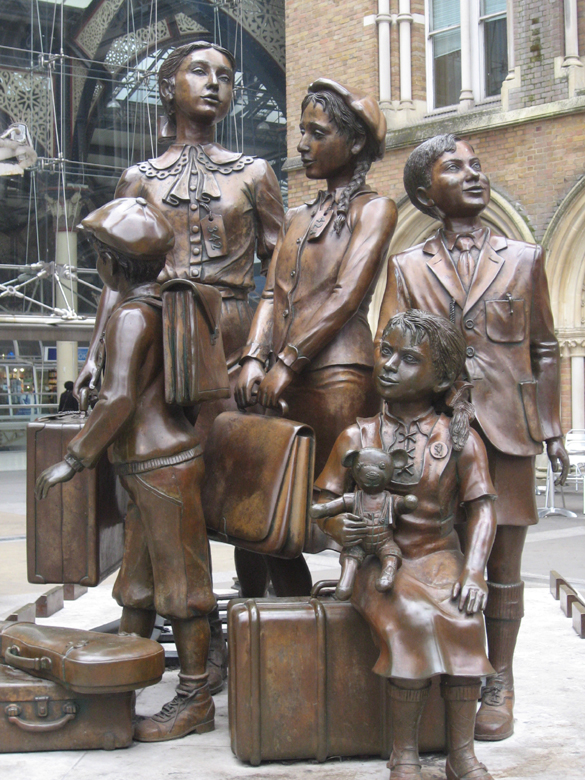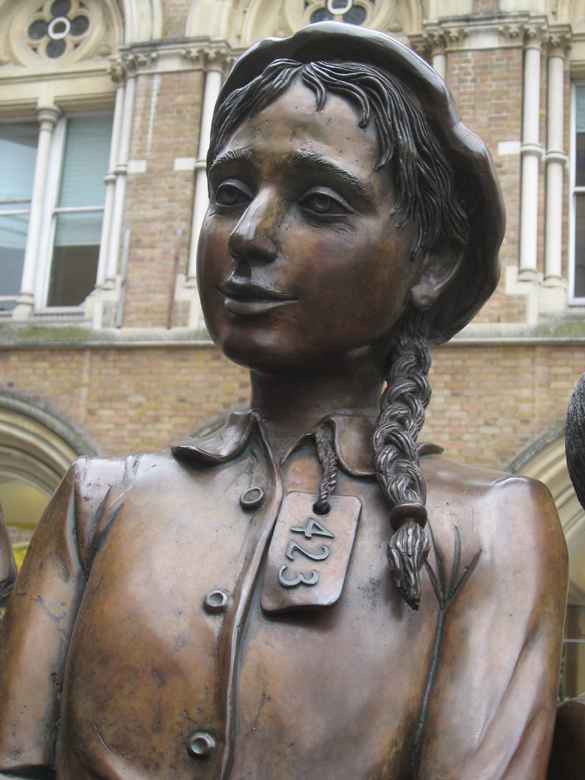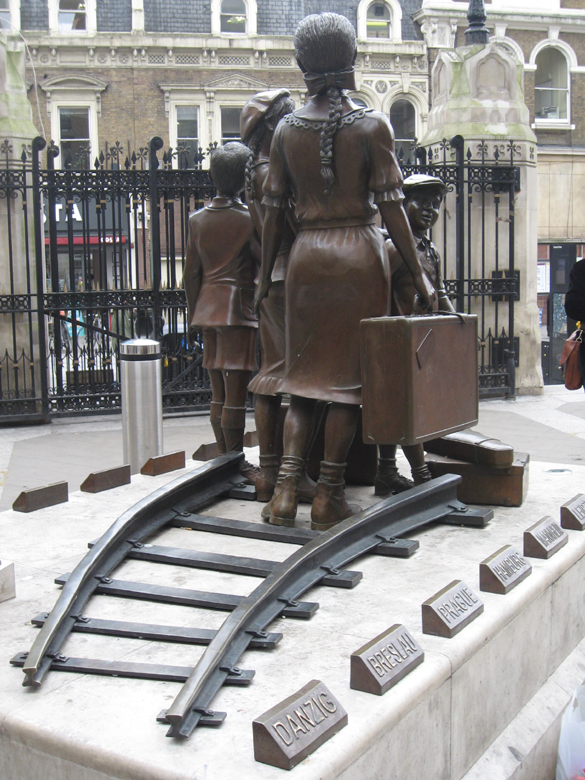The John Knox Centre sits in a quiet leafy suburb of Geneva. To commemorate the 60th anniversary of the centre, 22 members of Visarte.Geneve were asked to contribute to an outdoor sculpture exhibition. It opened last Friday 31 May. According to Guy Schibler, President of Visarte.Geneve, the exhibition “Humanité(s)” recalls the acts of barbarity of the 20th century but in a message of humanism. “It brings together art and thought” he says.
The choice of works and their titles reflect the spirit of the centre; namely, peace, humanitarianism, tolerance and mutual comprehension. However, the sculptures vary in the degree to which they are faithful to this spirit; to my mind, this is unimportant. These are beautiful, accomplished and intriguing works that represent the sculptors’ ingenuity, imagination and dedication to their calling.
In May of 2013, it would be too much to hope that the opening of an outdoor sculpture exhibition would coincide with a warm, sunny afternoon. I attempt to capture images of this impressive collection and struggle to keep my camera dry; then I realise the cold, grey atmosphere and the constant drumming of rain on leaves adds a solemn and appropriate gravity to the exhibition.
The exhibition runs until 15th September. Whatever the weather, it is well worth visiting. Take your time. Reflect.


